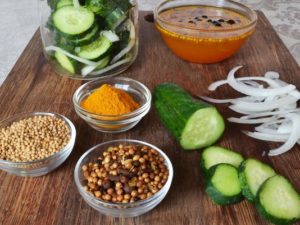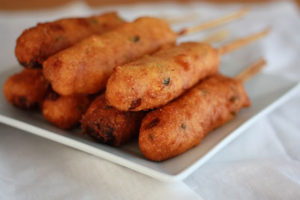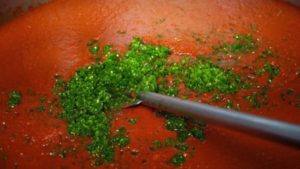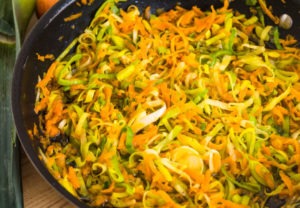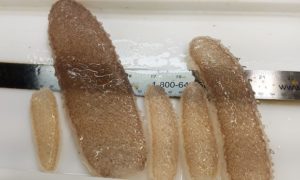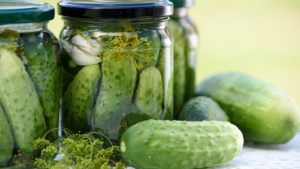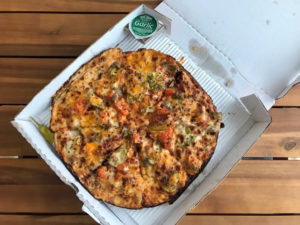Gabriel: Government regulates every inch of pickles (and everything else)
By Jon Gabriel, Special to the Republic
Jon Gabriel: If the Code of Federal Regulations were put into one volume, it would be nearly 60 feet thick.
Products Branch of the Fruit and Vegetable Division of the Agricultural Marketing Service of the U.S. Department of Agriculture.
It contains scintillating regulations, such as:
Sizes of whole pickles are based on the diameter and the relationship of diameter to the count per gallon.
The diameter of a whole cucumber is the shortest diameter at the greatest circumference measured at right angles to the longitudinal axis of the cucumber.
Misshapen pickles mean whole pickles that are crooked or otherwise deformed (such as nubbins). Also see the definition for crooked pickles.
Nubbin is a misshapen pickle that is not cylindrical in form, is short and stubby, or is not well developed.
I guess the USDA needs to spend its $151 billion budget on something.
There are even more of these regulations
The massive Code of Federal Regulations comprises every rule and reg ever concocted by the federal government, from soup (9 CFR 319.720) to nuts (21 CFR 164.110). And despite being incredibly important to businesses big and small, it doesn’t make for very enjoyable reading.
As of 2015, the CFR was a whopping 178,277 pages. That’s about 150 times the length of the Bible. If it was compiled into one volume, the book would be nearly 60 feet thick.
And while some of the CFR focuses on important issues like aviation and medicine, much of it covers everyday minutiae.
The first seven years of the Obama Administration added 18,731 pages to the CFR — a 12.4 percent increase. This despite his annual State of the Union promises to cut unnecessary red tape.
This is your tax dollars at work, folks
Thus, you are paying a team of bureaucrats to mandate that a “small gherkin” must be less than 2.4 cm in diameter, whereas a “large gherkin” can have a diameter of up to 2.7 cm.
Every government program has its defenders. I’m sure that the 105,000-strong staff of the USDA think they’re protecting innocent citizens from the rapacious schemes of Big Gherkin.
But remember the humble pickle when politicians insist that there is nothing left to cutfrom Washington’s gargantuan budget.
For every one of your tax dollars funding something essential, there’s a barrel full of money funding a bloated, wasteful beast. A beast that smells suspiciously like misshapen pickle nubbins.
Jon Gabriel, a Mesa resident, is editor-in-chief of Ricochet.com and a contributor to The Republic and azcentral.com. Follow him on Twitter at @exjon.

